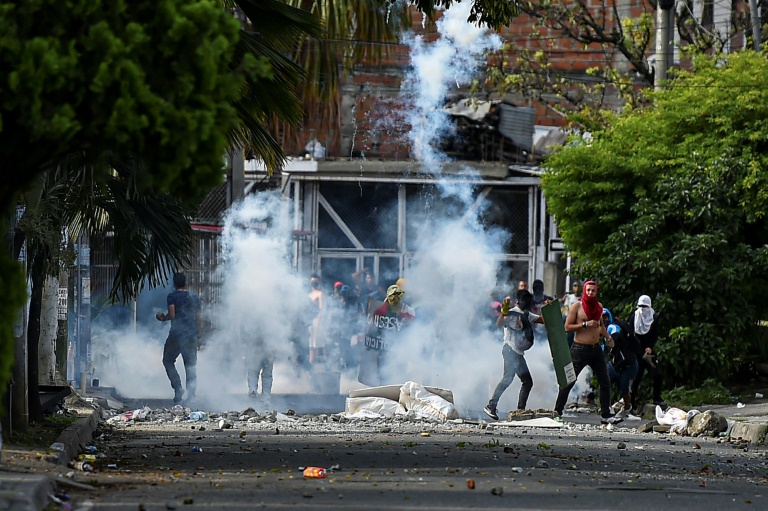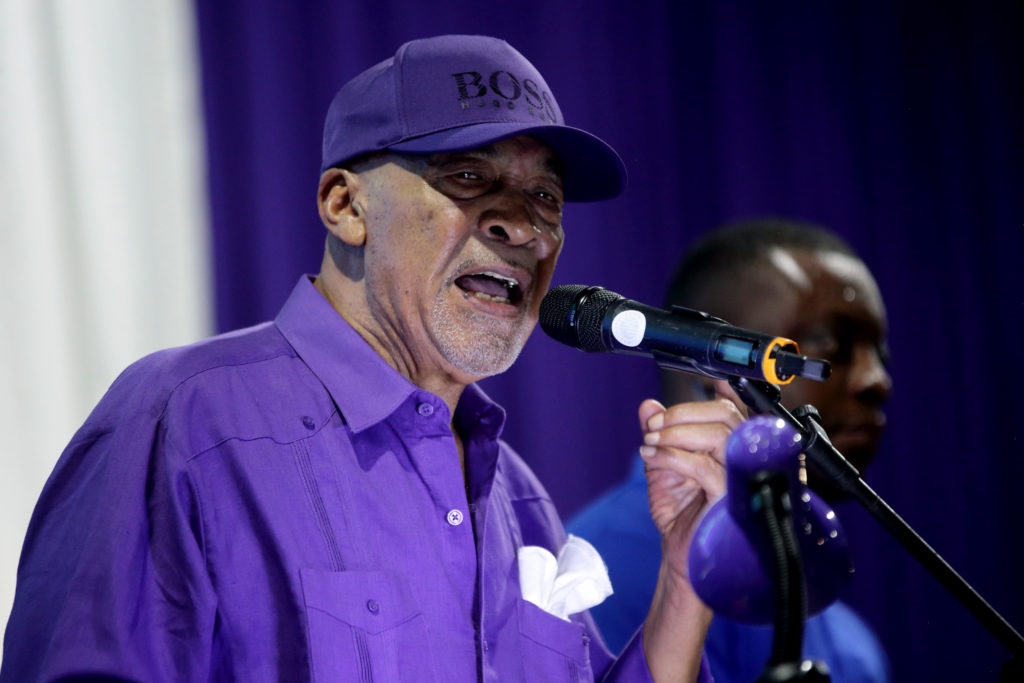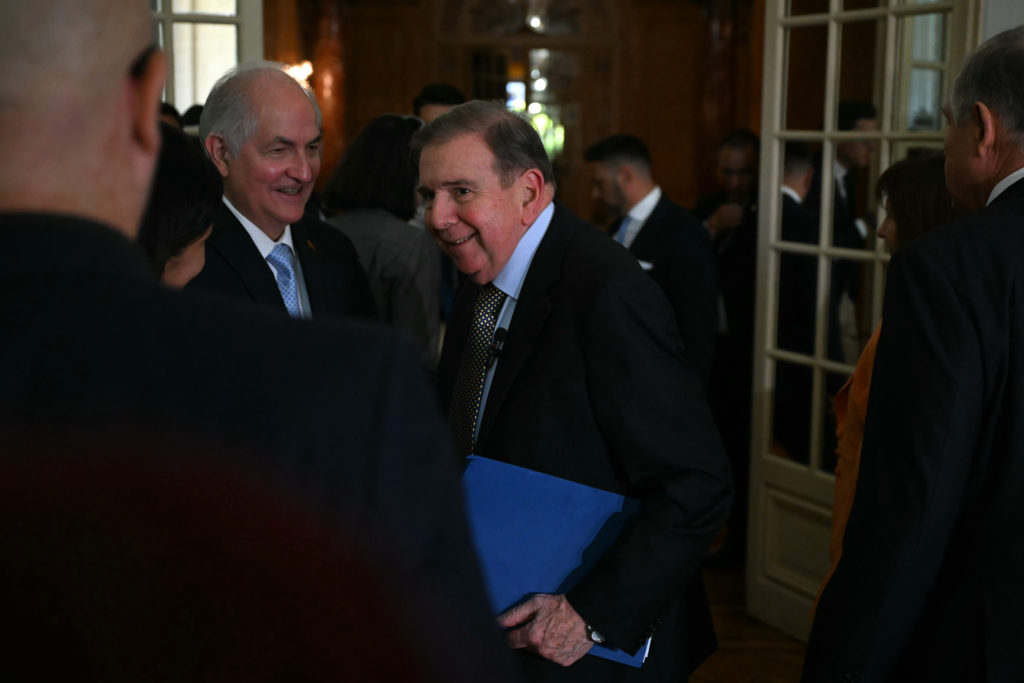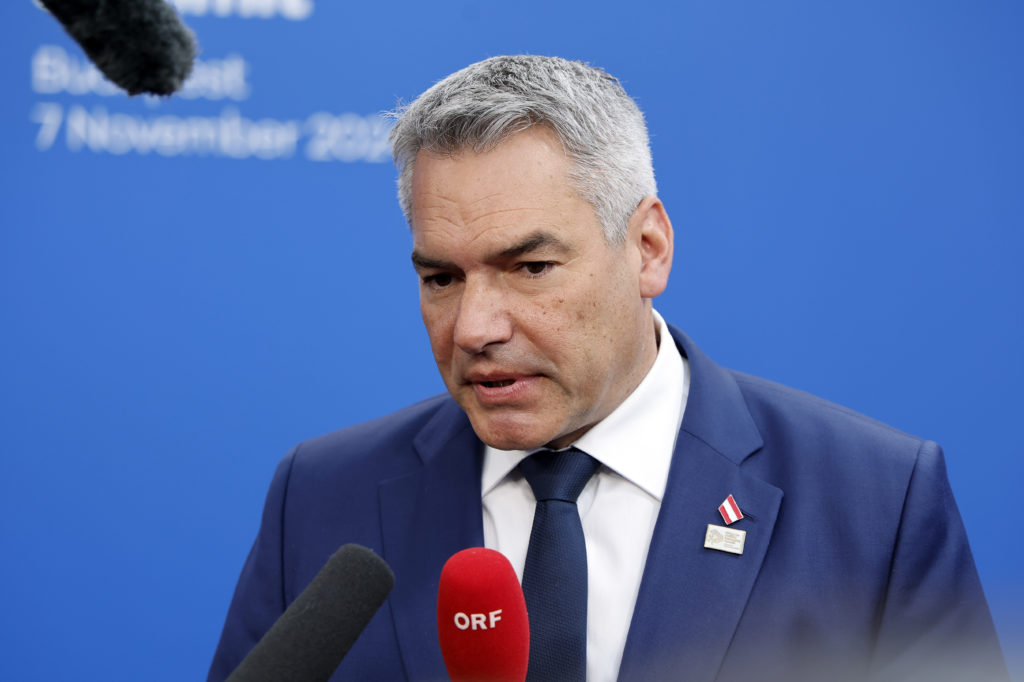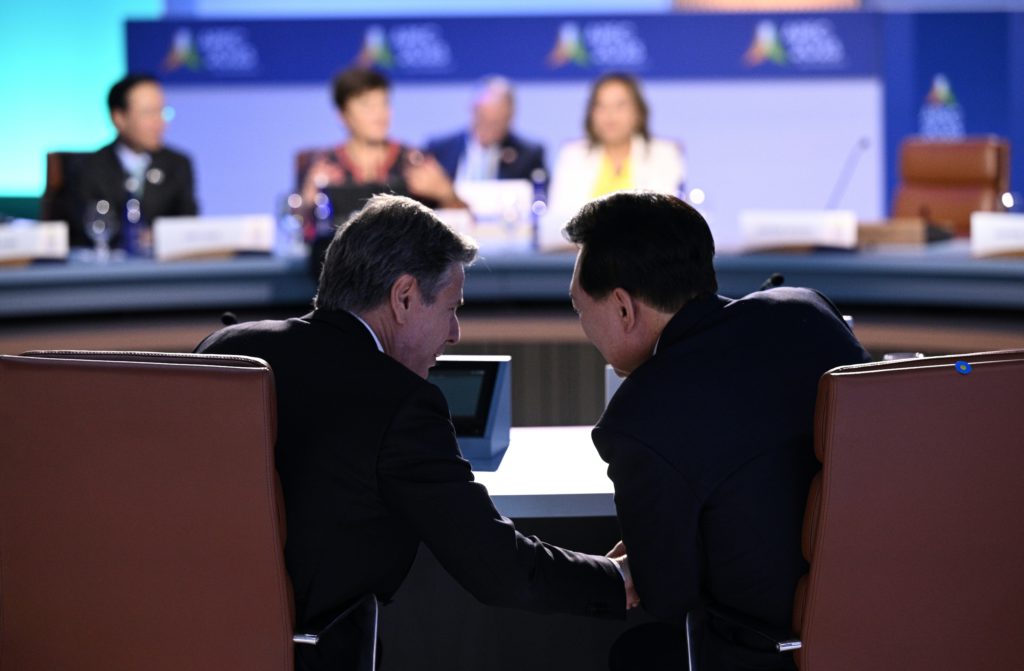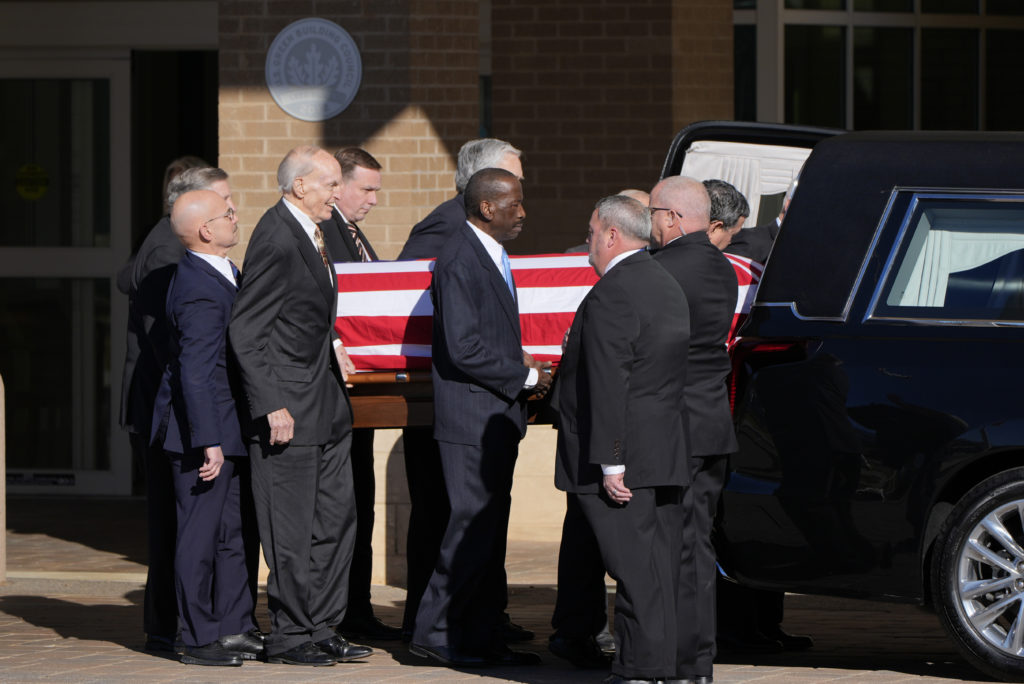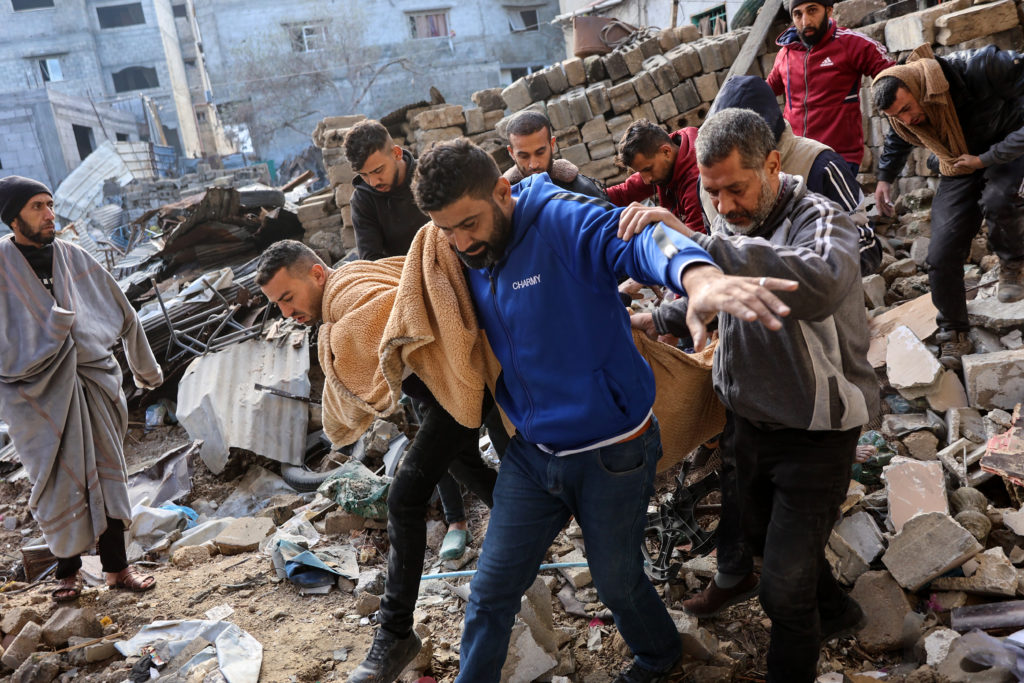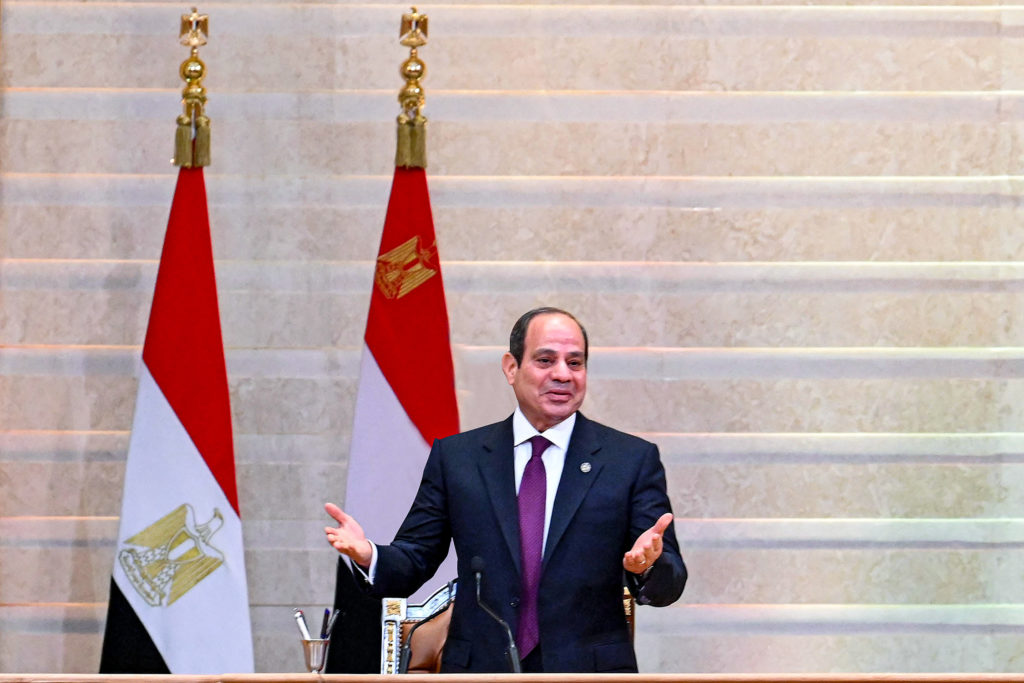In a rich neighborhood in the Colombian city of Cali, residents standing next to police fire their weapons at protesters.
They believe they are protecting their possessions from the mob.
After 50 days of social protests against the government of right-wing President Ivan Duque, Cali’s class divide seems to be getting wider.
The southeastern city, well-known for its social inequality and racism, has been the epicenter of violent unrest during the protests.
On May 28, a mob from some of the nearby slums turned up in the affluent Ciudad Jardin neighborhood and tried to burn down the police station.
Residents responded with gunfire.
“It was like a civil war with civilians worried for their homes and property, and the police on one side, and on the other side protesters… wanting to impose this anarchy and this chaos in our neighborhood,” publicist Andres Escobar, 30, told AFP.
Escobar admits he fired his automatic pistol a few times “in the air” that day. It turned out to be the deadliest day of protests in the city, with 13 people killed.
That day was the most blatant example of “a conflict… marked by differences in class, differences in race and differences in ethnicity” that have been exacerbated by the pandemic, said Luis Castillo, a sociologist at the University of Valle in Cali.
With its luxury boutiques, mansions with swimming pools and palm tree-lined avenues, Ciudad Jardin resembles a mini Beverly Hills.
Almost none of the residents took to the streets to protest against Duque.
They also haven’t protested against the widely condemned police brutality unleashed on demonstrators.
– Racial segregation –
Those who first protested — initially against a now-withdrawn tax reform proposal — on April 28 were mostly unions and students demanding a change of government.
But for the first time, young black and mixed-race people from poor neighborhoods joined in.
In Cali, where the poverty rate of 67 percent is much higher than the rest of the country, there is a clear “racial segregation,” said Castillo.
That helps explain why poor, black neighborhoods rose up after the pandemic hit the informal sector hard.
Inequality was worsening even before the pandemic struck, with 375,000 people falling into poverty between 2019 and 2020 out of the city’s 2.2 million population.
With nothing to lose, these youths hunkered down behind roadblocks in urban camps, much to the chagrin of wealthier citizens as well as authorities.
“We’re talking about a (national) strike so… we have to make sure that nothing works,” said the masked Cero, leader of the well-known Puerto Madera roadblock in the city.
The protesters AFP spoke to were aged between 15 and 35, and either work in the informal sector, are unemployed or are students.
They are demanding jobs, education and health services.
Some cook and others draw outlines of dead companions on the floor, as they all listen to reggaeton and smoke to while away the hours.
They claim to have weapons but can only show homemade shields, sticks and stones.
These people are tired of “seeing families in misery,” said Plein, the coordinator of the “front line” at Puerto Madera, who was shot during clashes with police.
“We want the rights that those with a bit of money have to be the same as the poor,” said Plein.
– Paramilitary activity –
At first, protesters saw the government as the enemy. But from May 9 onwards, armed civilians dressed in white got involved in Ciudad Jardin.
At that time, “it was already clear that there were murders and disappearances of demonstrators committed by the public forces,” said Edwin Guetio, the human rights coordinator for indigenous people in the Cauca region, whose capital is Cali.
However, the roadblocks that caused shortages of food, medicines and fuel proved to be the straw that broke the camel’s back for some residents.
That led to many people “not being able to go to work or buy food even if they had the money to do so, because there was none,” said Jose, a Ciudad Jardin resident who spoke on condition of anonymity due to fear of reprisals.
Civilian use of force convinced demonstrators that they had misjudged their enemies.
They tried to respond on May 28, but walked into a hail of bullets.
Police announced they had carried out operations against “permissive” elements.
It brought back painful memories “because our country… had a history of paramilitary activity, of self-defense by civilians who arm themselves” and commit atrocities against those of a different political bent, said Cali mayor Jorge Ivan Ospina.
For some, there is no end in sight to the class war.
The conflict “will continue as long as order cannot be restored,” said Cali resident Escobar.

